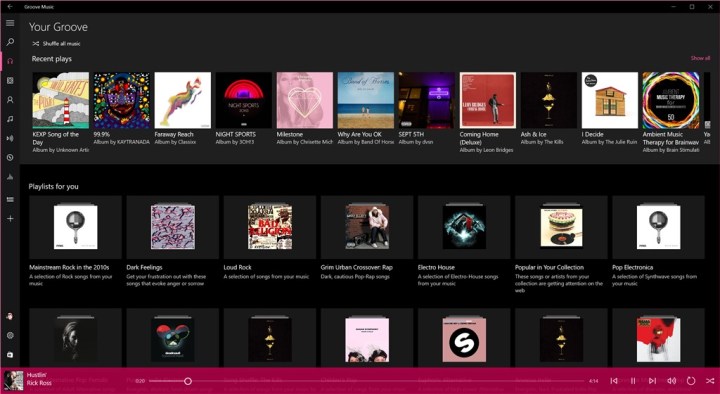
Originally debuted in 2015 alongside the release of Windows 10, Groove Music was never particularly successful in the midst of a crowded streaming landscape. In June, the platform introduced a new feature that was meant to mimic Spotify’s Discover Weekly playlists, helping folks discover new music. This, however, proved insufficient in helping the service gain ground.
There were a few advantages Groove Music had over other platforms, however. For example, you could play your own MP3s from your OneDrive account, and Groove would analyze these files as well as what you listened to via the music service to recommend personalized track listings. It also was said to track artist activity, offering playlists based on bands that were touring in your neck of the woods.
But as of Tuesday, January 2, the online components of the Groove Music app are completely shut down. You can indeed no longer stream music, purchase songs, or play music videos through the app. The Radio, Explore, and Recommended features have also been removed. And if you open the Microsoft Store app on a Windows 10 device, you won’t see a music tab any longer.
You can still access the local playback feature of the app, and Groove still supports streaming from OneDrive. But if you’re really looking for some tunes to start your new year, you may want to look elsewhere. And while Groove recommends Spotify, there are plenty of other options available for your listening pleasure.


